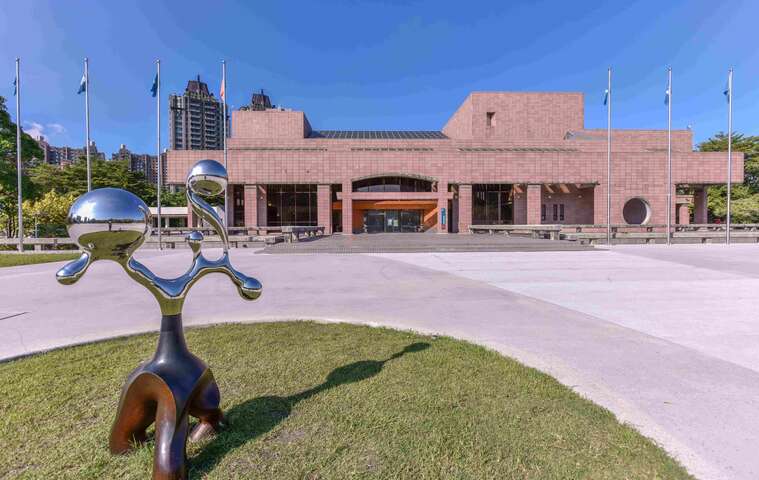Kaohsiung Museum of Fine Arts Introduction
Kaohsiung Museum of Fine Arts (abbreviated as KMFA) was established in 1994 and is located in the urban northwest of Kaohsiung City, within the Neiweipi Cultural Park, an area that was originally a wetland known as "Neiweipi." The region is bordered by Guishan and Banping Mountain at the north end, and Shoushan running north-south along the west side, where the Love River flows, creating a picturesque landscape surrounded by mountains and waters. In 2017, the Kaohsiung Museum of Fine Arts was reorganized under the administrative corporation of Kaohsiung City's professional cultural institutions, continuing to cultivate local culture and collect works by Taiwanese artists. Each year, it supports emerging artists through events like the "Kaohsiung Award" and "KS Kaohsiung Experimental Field," in addition to organizing thematic exhibitions and artist research exhibitions, while also actively collaborating with world-class museums to introduce various large international exhibitions, providing the public with a broader selection of contemporary art to visit. In recent years, the museum has also been developing online interactive resources such as 360-degree panoramic exhibition spaces, online guided tours using sensory resources, an online art database (including visual image databases, Southern Island Contemporary Memory Project databases, and reading collections like the Baie Mò Dú dedicated reading collection), and a YouTube channel, which are regularly updated with exhibitions, making the museum not only a place for cultural and artistic visits but also a platform for knowledge sharing. The KMFA building consists of four stories above ground and two underground levels, with the first floor dedicated to international special exhibitions and contemporary art exhibition halls, the second floor primarily focused on thematic exhibitions or artist research exhibitions, the third floor housing the Southern Diverse Historical Perspective special collection room, and the fourth floor serving as a contemporary experimental creation exhibition space. The underground area includes a lecture hall with 352 seats, an art resource classroom for group art education, and an art research room housing over 46,000 volumes of art books and materials available for public reading and research. In 2005, the KMFA transformed the "Visitor Service Center" located on the western side of the park into a Children's Art Museum, the first public museum in Taiwan dedicated to children. With its three-story main building and outdoor landscaped garden, it serves as an ecological space that combines culture, art, education, leisure, and play. Unlike traditional art and humanities education in schools, the Children's Art Museum integrates museum education with children’s art education, combining interactive exhibits and art education promotion activities. Through thematic planning, it offers rich, interesting, and lively educational displays, allowing children to learn through art via play, creation, exploration, observation, experience, and imagination. In recent years, the Children's Art Museum has integrated the landscape ecology of the Neiweipi Cultural Park and the resources of the KMFA, aiming to deepen children’s art education, foster community and school resources, and advance towards goals of "ecology, environmental protection, culture, and art." Surrounded by lush greenery, the sandbox in front offers a shared playground for parents and children. The 43-hectare museum park features over 40 art sculptures and public art located throughout the park's lakeside forests and meadows, showcasing diverse visual effects that extend the natural environment into a part of the museum's exhibition and education. With various visiting mechanisms, establishment of the KMFA library, quality dining options entering the park, and recent developments in ecological guided tours, cultural markets, and numerous outdoor activities, the core spirit aims to create a "one-day artistic ecological lifestyle circle in the museum," realizing the goal of the museum as a platform for artistic living and aesthetic experiences. The museum park includes the Kaohsiung Museum of Fine Arts, the Children's Art Museum, and the Neiweipi Art Center, combining ecology, art, and leisure in a cultural hub, where in a lively natural environment filled with the sounds of insects and birds, art flourishes like green sprouts under the bright sun of southern Taiwan.





































